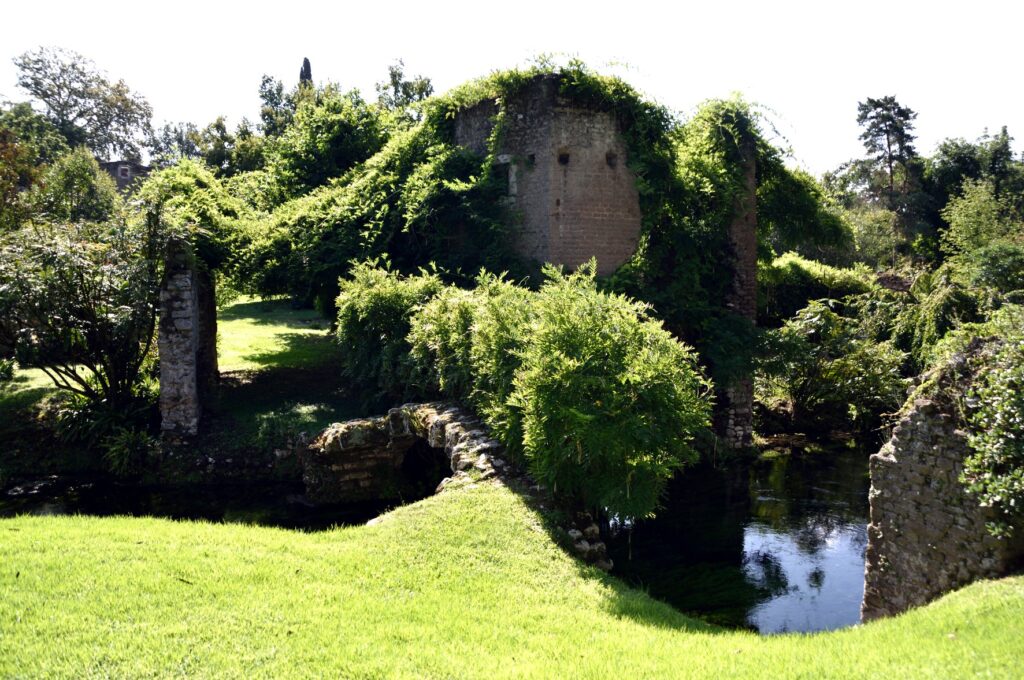GREEN SPACES WITH FENG SHUI: how to work with Feng Shui by designing and managing pre-existing or new green areas. General schemes and methodologies.
PREMISE
The following series of basic information is required to start a project on green spaces with Feng Shui:
- SITE MAPS (shape and topography, geomorphology, hydrology, pedology, urbanization and use, previous arrangement)
- ORIENTATION (BA GUA)
- REFERENCE BUILDING (Yin-Yang balance)
- SPECIFIC DATA OF THE GREEN AREA (if already existing: history, total area, botanical elements)
- CLIENT’S PROJECT CONSTRAINTS (if the green area is a new realization)
Point 1 concerns the technical information which is required to decode the indications of the Chinese Compass (point 2) and toapply the principles of Feng Shui, by compensating for any energy shortages and by optimizing the most favorable features of the place.
For example, geomorphology is particularly useful, in the case of wavy lands, to identify low areas where Qi tends to accumulate and the slopes where it tends to flow more quickly, in order to better manage irrigation and soil moisture, and choose the suitable species to be planted, according to the general circulation of Qi and to the array of primary energy sources, linked to the four cardinal directions. Also for Feng Shui it would be very important to know exactly the shape of the green area perimeter, the more irregular it is, the worse the circulation of Qi and its harmonization.
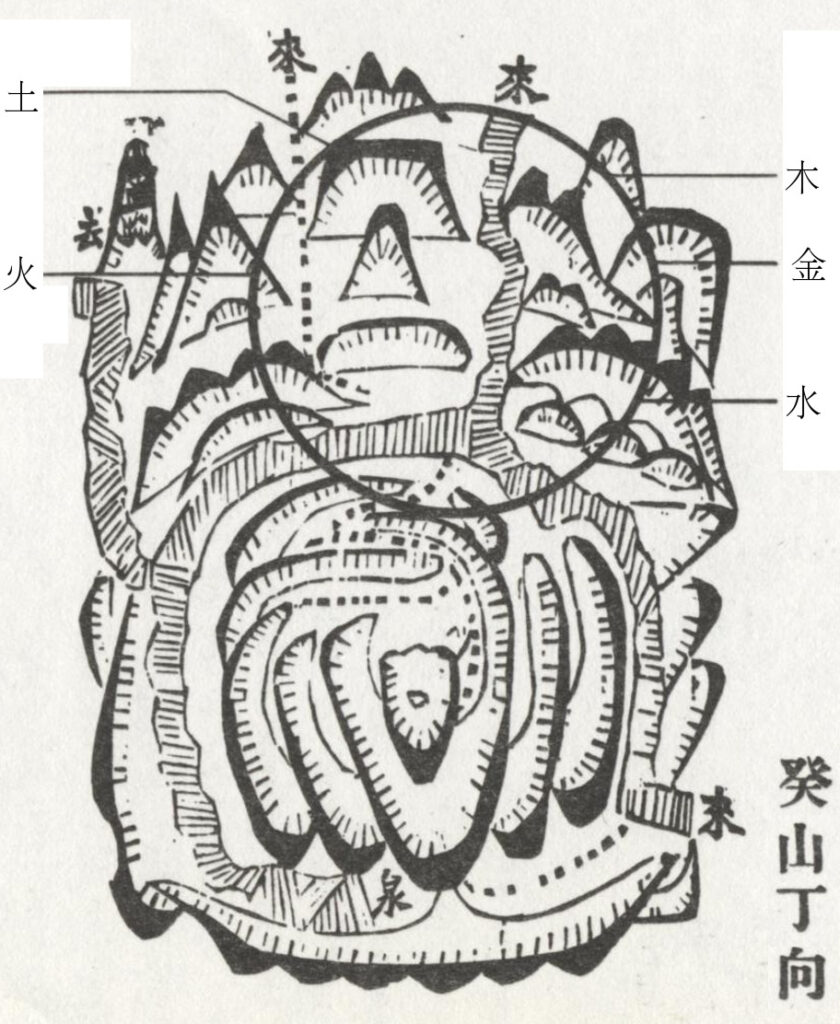
Point 2 implies the use of the Chinese Compass and its applications, in particular a drawing of the eight directions (Ba Gua) corresponding to the eight basic trigrams of the Yi Jing. A detailed analysis should be performed on Qi flow and its qualities into the studied site, in order to put in place possible corrections and then to coherently design green spaces.
Point 3 considers the presence of one or more buildings (if existing) combined with the green area. Conceptually, the Tao suggests a fundamental balance between an internal residential area with a conservative Yin function and an external green area enodowed with expansion energy and a Yang function. That means that a Feng Shui analysis of the housing unit should also be made, in order to correctly weigh up its energy value in comparison with the designed green area. The reciprocal relationship between the two areas will tune the global Qi flow of the place .
Point 4 is about when the green area already exists and you want to proceed with its reorganization according to Feng Shui, in which case it will be necessary to get information on its history, implantation dates, botanical species, management problems, etc.
Point 5 refers to any type of constraint given by the client, from economical to practical-aesthetic or structural conditioning.
Here are some distinctions to be made on the various types of green areas:
- Private
- Garden
- Terrace / Balcony
- Park
- Rural productive area
- Public
- Garden
- Avenue
- Park
- Reclamation/Rural settlement
- Street furniture
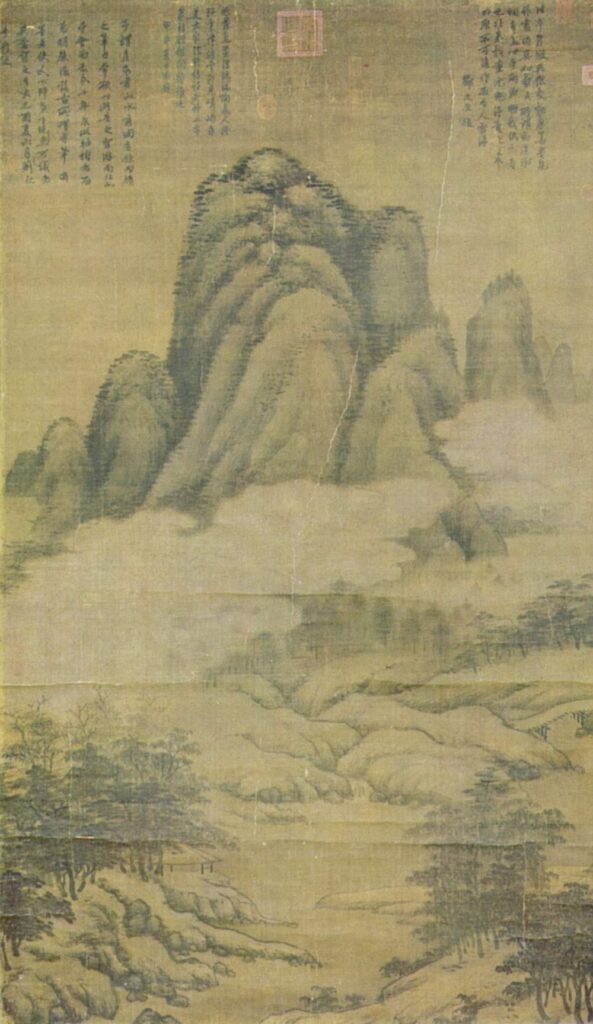
Beyond the specific characteristics of the listed types, a basic consideration should be made regarding size and shape of the site, as well as its proportion compared to the reference buildings. Also for green areas in a corridor, like avenues, there can be more or less favorable solutions depending on the available spaces and geometries compared to the height of the plants and the buildings facing them. The same can be said for a terrace that is able to accommodate or not an adequate number and volume of plants.
The case of cultivated rural areas to manage by using Feng Shui criteria or areas to be greened after other uses (quarry, industry, etc.) should require a more detailed discussion and specific insights
Before presenting a methodology, objectives and constraints of a project of this kind should be carefully evaluated. As far as applicative aspects of Feng Shui are concerned, as already mentioned, various options can be implemented according to the studied scenario. Feng Shui can be applied to the green area under project without taking into account its possible interactions in terms both of energy and aesthetic-landscape with the surrounding environment, be it an apartment, a building, an urban or a natural area. The more interactions are considered, the greater the work and the cost of the project will be. Furthermore, keeping an eye on the budget, it should be noted that, drawing up the accounts, you shoudl consider not only the expenses of the project but also yhe maintenance costs of the green area, evidently with the purpose of always matching the technical-management point of view with Feng Shui.
METHODOLOGY
The design cannot ignore the fundamental method of reference that is the Feng Shui School of the Form which provides an analysis of all pre-existing morphological elements to establish the type of energy of the place. Thus there are no stereotypical situations, even if the other fundamental references are from the Compass School and from Wu Xing, so that any design must always be set according to the scheme of the so-called “horseshoe” shape, constituted by a precise disposal of the 4 fundamental directions and their archetypal forms.

PLANTS
The choice of plant species must take into account:
• Type of green area
• Morphology and soil type of the site
• Energy of the place and landscape
• Objectives of the project
consequently, the selected species and their disposition must respond to different needs, in particular:
• they will have to harmonize and balance the local Qi
• they will have to promote the accumulation of favorable Qi and eventually keep away Sha Qi (malefic energy).
Once the project has been set up and the characteristics of the general Qi of the place (exposure, morphology, pedology, etc.) are taken into account, the fundamental analysis, to be made for the choice of the plants concerns the circulation of water. Only after having well defined this aspect, we could proceed with the identification of suitable species, according to the following criteria. They are partly methodological and partly linked to other variables, but in any case they have to be summarized through Feng Shui:
1. Ba Gua (direct Feng Shui method)
2. Wu Xing (direct Feng Shui method)
3. Client’s taste (to be harmonized with the indications of Feng Shui)
4. Garden furniture (to be chosen according to Feng Shui criteria)
5. Paths (depending on the setting of Qi circulation and therefore according to Feng Shui)
6. Agronomic cares (technical factors that can influence the site’s Qi more or less directly, for example the type of pruning)
GENERAL POSITIONING OF SPECIES ACCORDING TO FENG SHUI
1.in order to protect the Turtle, you should better place a sciaphilous or other species preferring high humidity levels, resistant to wind and cold and capable of adequate growth in height.
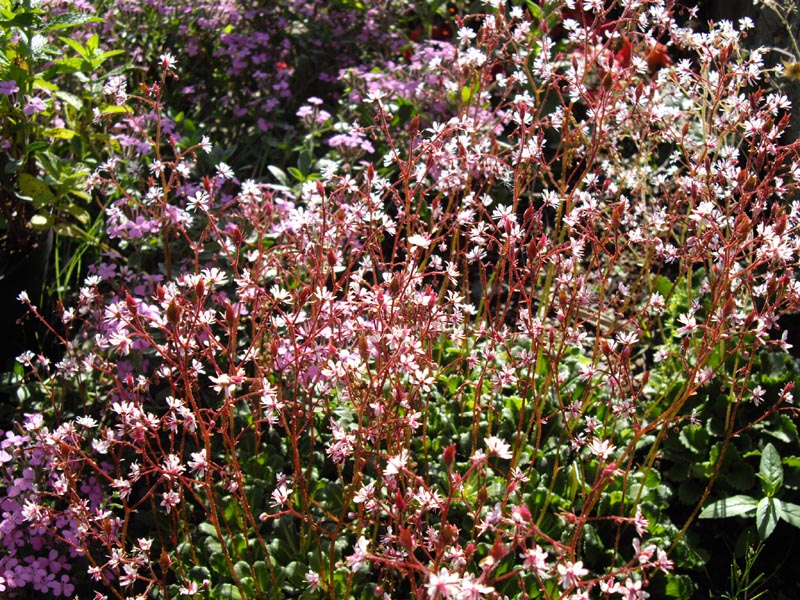
2. The eastern sector should be greened with species capable of adequate and quick growth in width of both foliage and stem, in support of the Green Dragon.

3. In the southern sector, non-arboreal species should be placed to support the Phoenix, with low bearing, and capable of colored blooms. This area is potentially suitable for succulents.
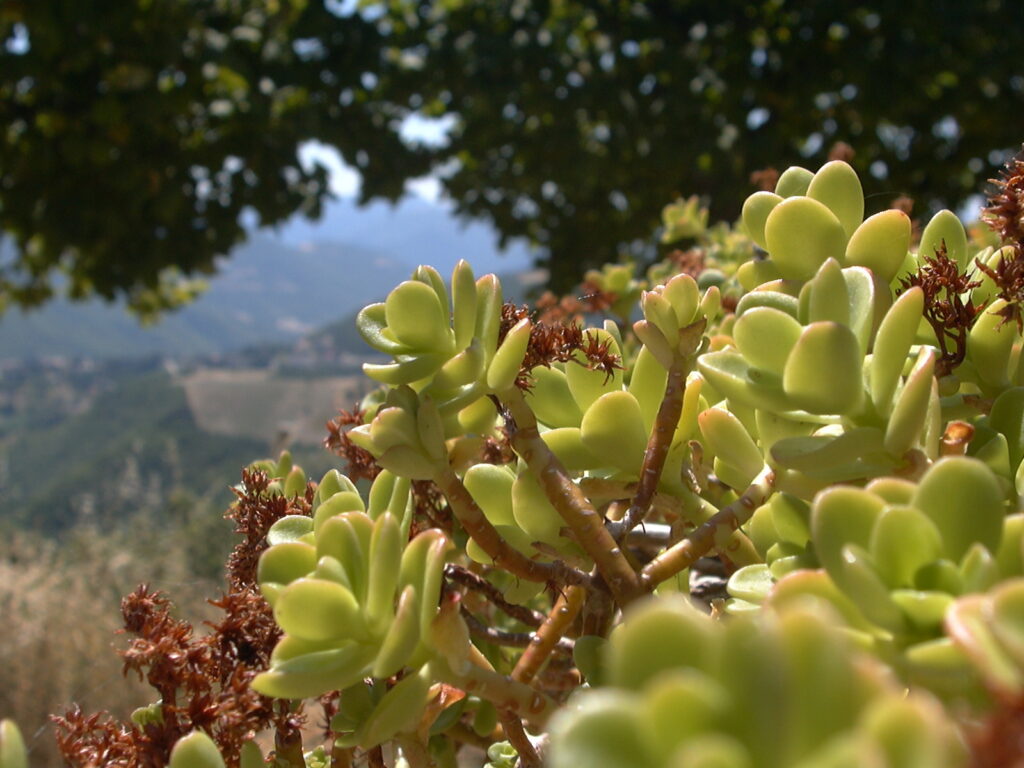
4. The western sector should be greened with rounded and slow-growing foliage species, in order to reach heights which be lower than the Dragon and the Turtle, so as not to boost too much the Tiger.

In any type of green area design it is necessary to have a series of specific information on the hydrological characteristics of the site under investigation:
• Surface water network
• Groundwaters
• Climatic data (rainfall and temperatures)
The analysis of this information will help to assess whether water Qi is favorable or not and what measures should be taken to make it optimal. General evaluation criteria are:
• water shortage: you need to bring water through streams, pools, fountains, waterfalls, etc.
• water excess: you need to reduce water flows through hygrophilous vegetation (bamboo, etc.) and systems of drainage
WATER PLACEMENT IN A GREEN AREA ACCORDING TO A FENG SHUI PROJECT
1. In the northern sector water must be absent, if present, you should divert it or absorb it.
2. The design of any type of water circulation should be concentrated in the east and southeast areas
3. In the southern sector, water tends to reduce the firepower of the Phoenix, so its use must be carefully assessed.
4. In the western sector it tends to reduce the energy of Metal, and it should be used only in a few cases.
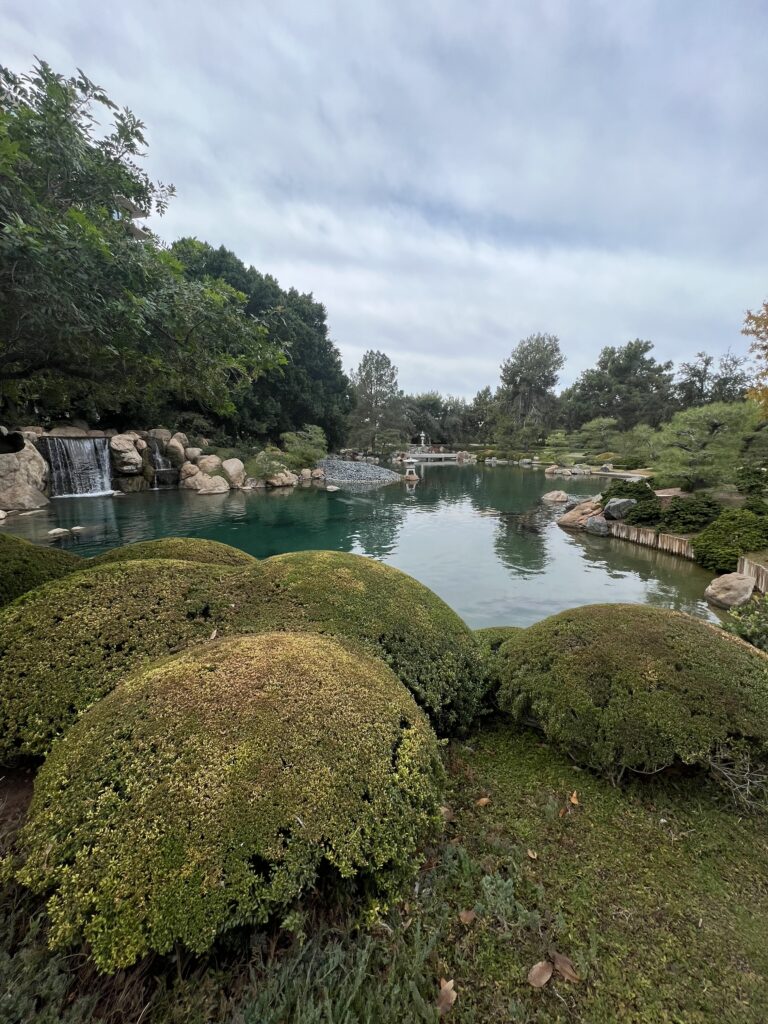
SHAPES, ROUTES AND GARDEN FURNISHING
In general, a green area design of any size, should respect a yin-yang equilibrium so that areas with too much vegetation or vice versa large areas without plants (paths, clearings, etc.) are not prevailing .
Paths have to be sinuous enogh and avoid Sha Qi (“secret arrows”), though a few straight lines are necessary for balance.
The general reference form is the “horseshoe”, which can be repeated at smaller scales, as desired. The shapes of garden furniture and plants must respect the direction / element combinations, according to the following scheme:
1. Vertical-east
2. Triangular-south
3. Round-west
4. Irregular-north
In general, the arrangement of both plants and garden furnishing must take into account the Law of Change and therefore follow the flow of change according to the Qi of the place. Therefore, fixed settlements should be avoided and addition / removal / shifting of objects and plants are warmly suggested.
